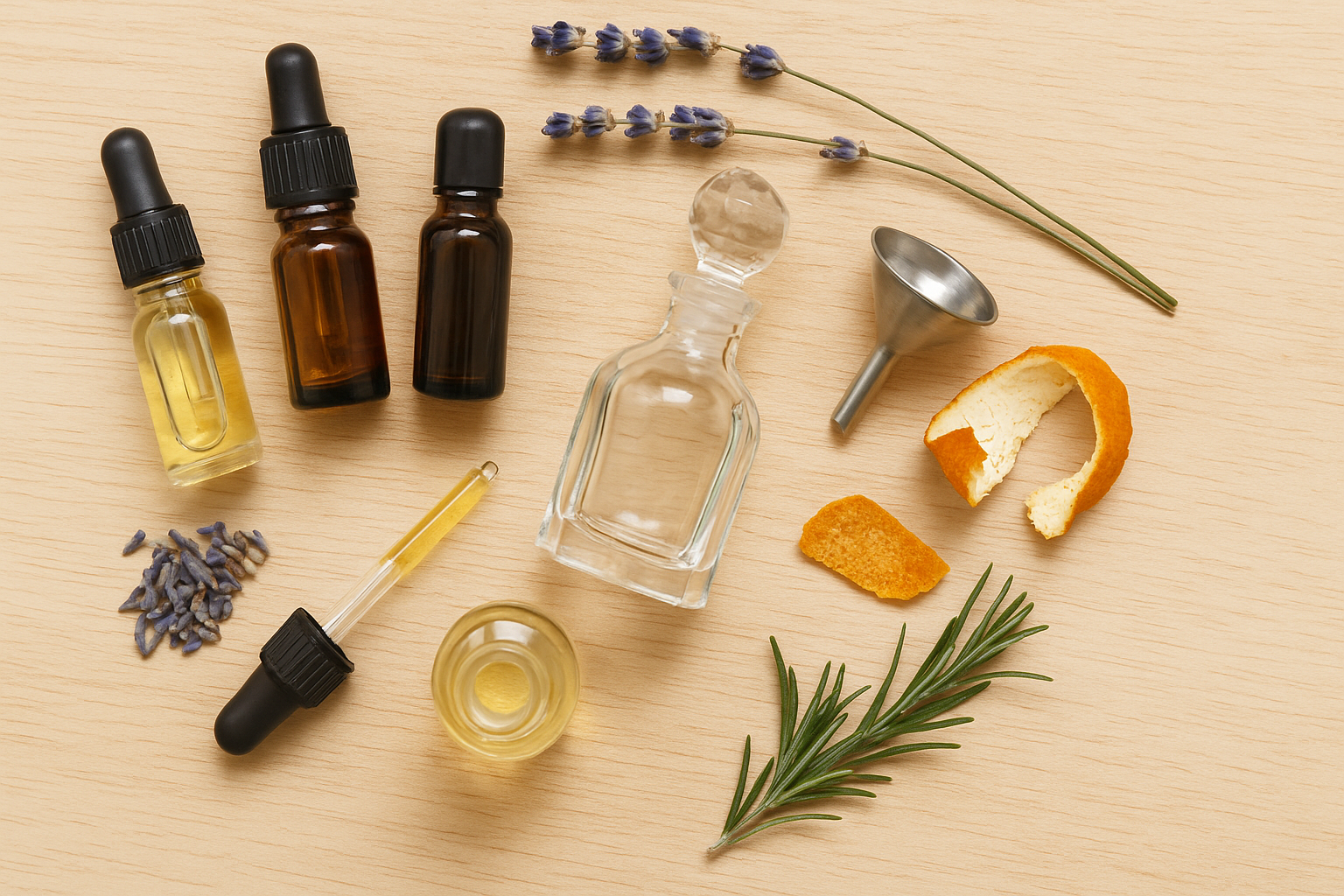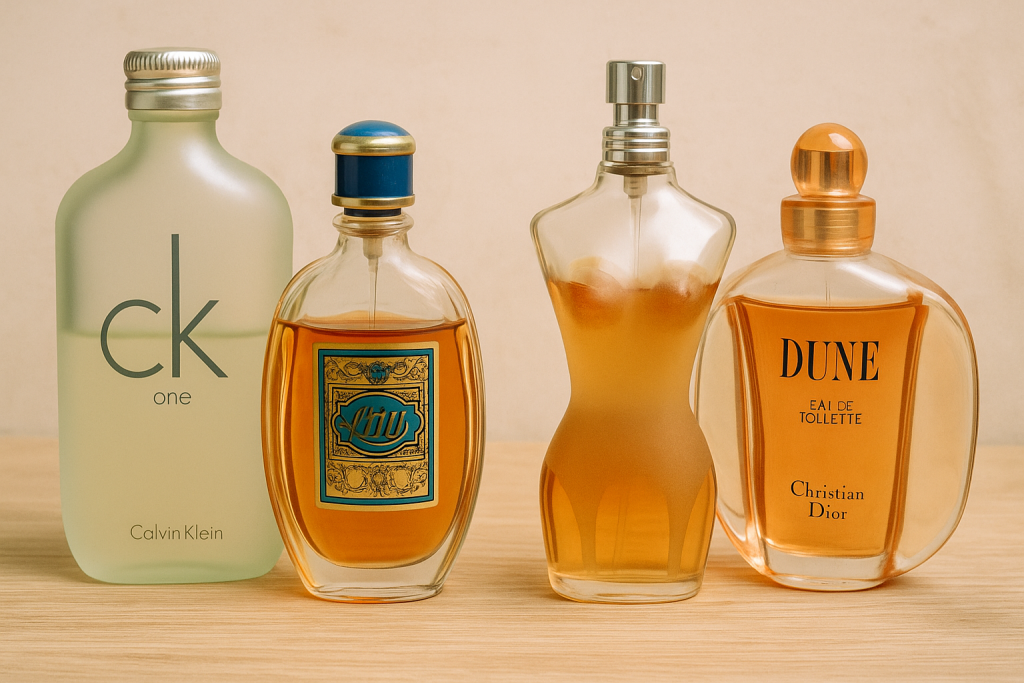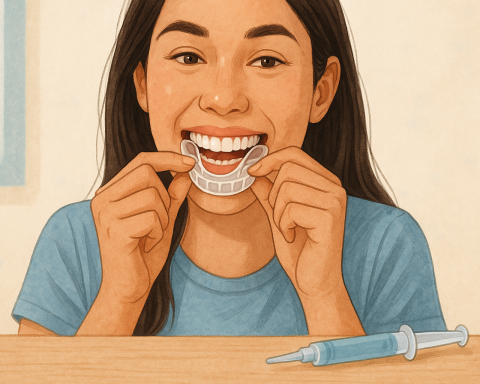“Creating your own perfume is more than just mixing scents—it’s an expression of identity, memory, and mood. With essential oils, you can craft a natural fragrance that’s entirely your own signature scent.”
Understanding Natural Perfume and Its Core Components
Making your own perfume using essential oils is not only an enjoyable creative process, but also a healthier and more sustainable alternative to synthetic fragrances. Unlike commercial perfumes that often contain alcohol, phthalates, and parabens, a natural perfume is free from harsh chemicals and is customizable to suit your preferences and even your mood. This guide will walk you through the fundamentals of DIY perfume, with a special focus on essential oil combinations, base notes, middle notes, and top notes—all while integrating the best carrier oils like jojoba oil, sweet almond oil, and coconut oil.
At the heart of any well-rounded perfume lies the harmonious blend of three types of fragrance notes:
- Top notes: These are the initial impressions of a scent—what you smell first. Examples include citrus oils like bergamot, lemon, or mandarin. They’re light, fresh, and evaporate quickly.
- Middle notes (also called heart notes): These form the body of the perfume. Popular middle notes include lavender, rose, clary sage, and jasmine.
- Base notes: These are the most long-lasting and serve as the foundation. Think patchouli, cedarwood, vanilla, or sandalwood. These notes provide depth and longevity to your DIY creation.
Combining the right essential oil blend is both a science and an art. It’s important to choose pure essential oils rather than fragrance oils, which often contain synthetic compounds. For those with sensitive skin, using natural ingredients and performing a patch test is vital to avoid skin irritation or allergic reactions.
Best Carrier Oils for Perfume Making
The essential oils themselves are too concentrated to apply directly to the skin, which is where carrier oils come in. These dilute the essential oils safely while also helping the scent to last longer. Some of the most popular choices include:
- Jojoba oil: This mimics the skin’s natural sebum and has a long shelf life.
- Sweet almond oil: Lightweight and non-greasy, great for everyday use.
- Coconut oil: Ideal for a solid perfume and adds a faint tropical aroma.
- Grapeseed oil: Light and fast-absorbing, excellent for body spray perfumes.
Once you’ve selected your oils and notes, it’s time to mix. A common perfume blend ratio for beginners is 30% top notes, 50% middle notes, and 20% base notes. You can use a ml roller bottle or glass spray bottle, both easily available online or in health stores.
For example, to make a 10ml perfume oil:
- Add 2ml of top notes (like lemon or peppermint)
- Add 5ml of middle notes (lavender, rose, or geranium)
- Add 2ml of base notes (sandalwood, patchouli, or vanilla)
- Fill the rest with your favorite carrier oil, shake, and let it sit in a dark place for 48-72 hours for the scent to mature.
Stay tuned for Part 2, where we’ll go deeper into essential oil perfume recipes, solid perfume options, and tips for layering scents!
Creating Your Essential Oil Blend & Exploring Solid Perfume Options
Once you understand the structure of a perfume — top notes, middle notes, and base notes — the real fun begins: crafting your own perfume with a personalized essential oil blend. Whether you’re looking for a musky scent that feels cozy for winter or a floral scent that’s bright and uplifting for summer, blending oils allows you to build a fragrance that reflects your personality and mood.
Crafting the Perfect Essential Oil Blend
To begin blending, consider the emotional and aromatic profile of your desired fragrance. Want something soothing and grounding? Try a combination of lavender (middle), frankincense (base), and bergamot (top). Seeking something sensual and warm? Go for jasmine (middle), vanilla (base), and orange blossom (top).
Here are a few essential oil perfume recipes to try:
1. Romantic Floral Blend
- Top: Bergamot (10 drops)
- Middle: Rose absolute (15 drops), Ylang-ylang (10 drops)
- Base: Sandalwood (5 drops)
- Carrier: Jojoba oil (10ml)
2. Uplifting Citrus Blend
- Top: Lemon (12 drops), Mandarin orange (8 drops)
- Middle: Geranium (10 drops)
- Base: Cedarwood (5 drops)
- Carrier: Sweet almond oil (10ml)
Remember to let the perfume mature in a dark place for at least 48 hours (longer for stronger scent development). Give it a little shake before each use.
Making a Solid Perfume
Prefer a more portable or travel-friendly version of your scent? A solid perfume is a great alternative to traditional spray perfumes. These balms are applied directly to pulse points (like the wrist, neck, or behind the ears), allowing your natural body heat to activate the scent.
Ingredients for a basic solid perfume:
- 1 tablespoon beeswax
- 1 tablespoon coconut oil or jojoba oil
- 20-30 drops of your chosen essential oil blend
- A small metal tin or lip balm container
Instructions:
- Melt the beeswax and oil together in a double boiler.
- Once melted, remove from heat and add your perfume oil blend.
- Pour the mixture into a tin and allow it to cool and solidify.
- Apply to your pulse points as needed.
Solid perfumes offer a long shelf life and are great for sensitive skin, as they lack the alcohol base found in many store-bought perfumes. You can also get creative by decorating your containers or using them as gifts for girls’ night, Mother’s Day, or personal self-care rituals.
Storing, Applying, and Customizing Your DIY Natural Perfume
Creating a beautiful natural perfume is only half the journey — ensuring it lasts long, smells divine every time, and is safe for your skin is equally important. Let’s walk through how to store your blend properly, apply it for maximum effect, and tweak your essential oil combinations to match your personal preference or the occasion.
Storing Your DIY Perfume the Right Way
Once your essential oil blend is complete, it’s crucial to let it mature. Ideally, your perfume should rest in a dark place for a minimum of 48 hours, but 2–6 weeks is even better. This aging process helps the notes blend harmoniously and enhances the overall scent profile.
Here are a few storage tips for best results:
- Use a dark glass ml bottle (typically 10ml or 15ml) to prevent light exposure that can degrade your oils.
- Store your perfume in a cool, dry place — away from heat or direct sunlight, which can alter both top notes and base notes.
- Avoid plastic containers or spray bottles that are not labeled as essential-oil safe. Look for glass dropper bottles or ml roller bottles for roll-on perfumes.
Not only does proper storage extend shelf life, but it also keeps the scent pure and potent.
Applying Natural Perfume Like a Pro
Application matters more than many think. Where and how you apply your perfume can influence how long it lasts and how it evolves on your skin.
Apply to these key pulse points:
- Wrists
- Inner elbows
- Neck
- Behind ears
- Chest or collarbone area
These spots emit heat, which activates the perfume oil and helps diffuse your signature fragrance throughout the day.
💡 Pro Tip: Always apply to clean, moisturized skin. A light layer of unscented body lotion or coconut oil can help the scent stick better, especially on dry skin.
Preventing Skin Irritation
Because essential oils are potent, it’s critical to use a carrier oil like jojoba, sweet almond oil, or grapeseed oil to dilute the blend. A patch test is a must — dab a small amount on your wrist and wait 24 hours. If no skin irritation or allergic reaction occurs, you’re good to go.
Avoid using synthetic fragrances or alcohol in DIY perfumes if you have sensitive skin — one of the biggest benefits of natural perfume is how gentle it is compared to commercial perfumes.
Personalizing Your Perfume for Every Season & Mood
The beauty of making your own perfume is full creative control. You can:
- Create a light citrus blend with lemon, grapefruit, and clary sage for summer.
- Opt for woodsy scents like cedarwood, patchouli, and vanilla in colder months.
- Make a floral daytime spray using rose, geranium, and orange blossom.
- Try a spicy evening scent with black pepper, frankincense, and sandalwood.
For body spray lovers, combine your essential oil blend with distilled water and a splash of witch hazel in a 30ml spray bottle. Shake well before each use.
🎯 Whether you’re making a gift, experimenting with favorite scents, or building your very first signature scent, DIY perfume making offers a world of natural scents, personal care, and creativity.
Troubleshooting & Bonus Recipes for Your Natural Perfume Journey
Making your own natural perfume is both a creative adventure and a learning curve. While blending your essential oil combinations can be rewarding, it’s also normal to encounter a few hiccups along the way. Whether you’re struggling with weak scents, skin irritation, or too strong top notes, this guide will help you troubleshoot and refine your DIY process.
Common Mistakes in DIY Perfume Making
1. Not Letting the Perfume Age Properly
One of the biggest errors beginners make is using their perfume oil right after mixing. Remember, essential oils need time to blend and mellow. Always store your perfume in a dark place for at least 48 hours, though 2–6 weeks is ideal for a long shelf life and balanced fragrance.
2. Incorrect Ratio of Notes
If your blend smells sharp or overwhelming, you may have overloaded it with top notes like lemon or peppermint. A good rule of thumb is:
- 30% top notes
- 50% middle notes (also called heart notes)
- 20% base notes
If your scent fades too fast, add more base notes like sandalwood, patchouli, or vanilla to anchor the fragrance.
3. Using Low-Quality Oils or Wrong Carrier Oils
The best carrier oil is light, odorless, and skin-safe. Avoid vegetable oil or heavily scented oils that might interfere with your blend. Stick to trusted options like jojoba oil, sweet almond oil, or fractionated coconut oil.
4. Storing in Plastic Containers
Plastic can leach chemicals into your perfume and degrade the essential oils. Always use glass — ideally a 10ml roller bottle or 30ml spray bottle for your blends.
Bonus: 3 DIY Essential Oil Perfume Recipes
Here are some homemade perfume recipes to inspire your creativity and match different moods or occasions:
🧡 Citrus Burst – Perfect for Morning Energy
- 10 drops grapefruit (top note)
- 5 drops sweet orange (top note)
- 6 drops lavender (middle note)
- 4 drops cedarwood (base note)
- Carrier: sweet almond oil or jojoba oil
This natural scent is light, fresh, and ideal for summer or daytime wear.
🌸 Floral Fantasy – Feminine & Romantic
- 8 drops rose absolute (middle note)
- 6 drops ylang ylang (middle note)
- 5 drops mandarin orange (top note)
- 3 drops vanilla extract (base note)
- Carrier: coconut oil
Perfect for date nights or special occasions. This blend also makes a great solid perfume if combined with beeswax.
🌿 Woodland Walk – Earthy & Grounding
- 6 drops patchouli (base note)
- 5 drops juniper berries (middle note)
- 5 drops clary sage (middle note)
- 4 drops bergamot (top note)
- Carrier: grapeseed oil
Great for grounding meditation sessions or cozy fall days.
Fun Variations to Try
- Add a few drops of witch hazel or vodka to your spray blend for a more professional finish.
- Create a solid perfume by melting beeswax with your carrier oil and adding your essential oil blend.
- Experiment with different essential oil combinations until you find your own signature scent.
💬 Pro Tip: Keep a journal of every blend you make — noting the notes, ratios, carrier, and results. It’s the best way to learn what works (and what doesn’t).
Final Thoughts
Crafting your own essential oil perfume isn’t just about saving money or avoiding synthetic scents — it’s a form of self-expression. Each drop tells a story. With a little patience and creativity, you can build a wardrobe of natural perfumes that are uniquely, beautifully yours.







